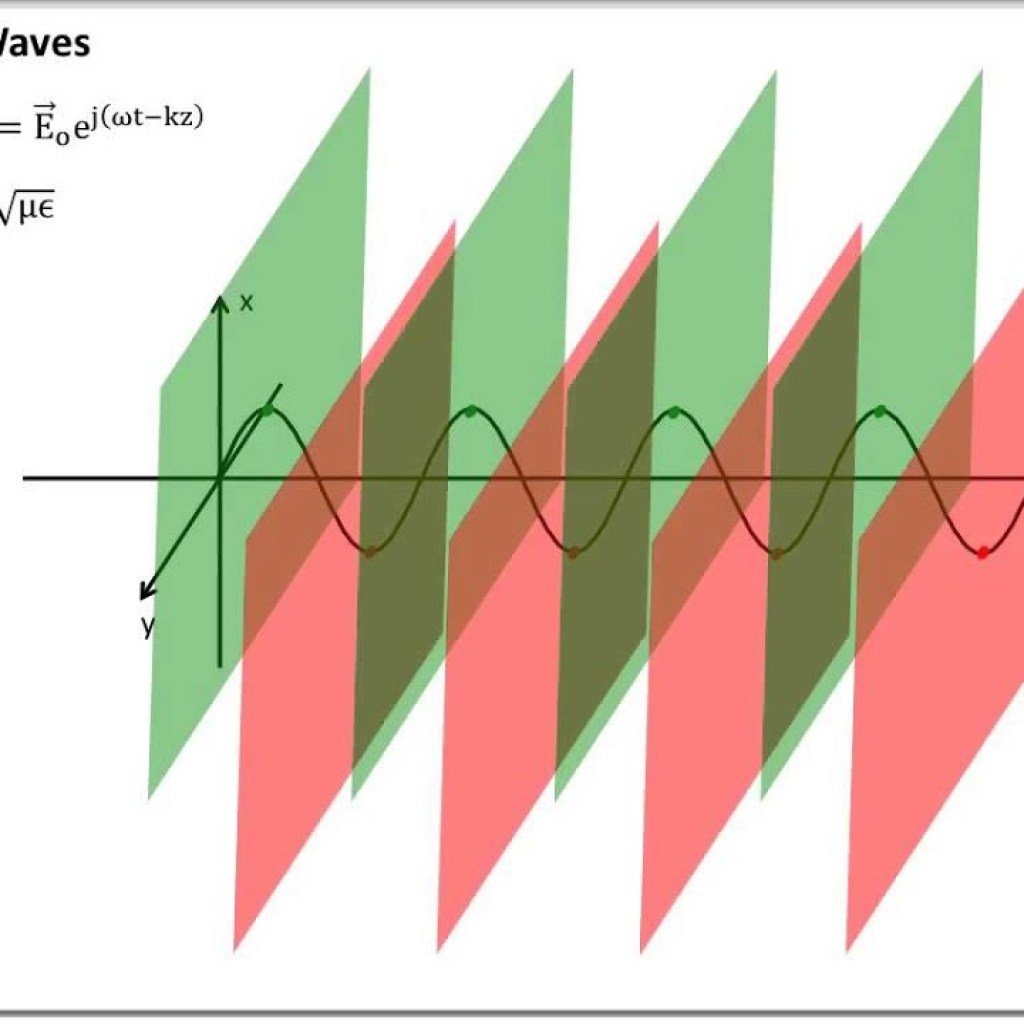Orientation-Patterned Semiconductors
Source: ResearchGate Exploring Orientation-patterned Semiconductors Introduction to Orientation-patterned Semiconductors Orientation-patterned semiconductors are a class of materials that offer unique properties for nonlinear frequency conversion processes, especially in the long-wavelength infrared spectrum. Unlike traditional dielectric materials, semiconductors like gallium arsenide (GaAs) exhibit a wider transparency range and higher nonlinear coefficients, making them ideal for applications such […]
Orientation-Patterned Semiconductors Read More »









